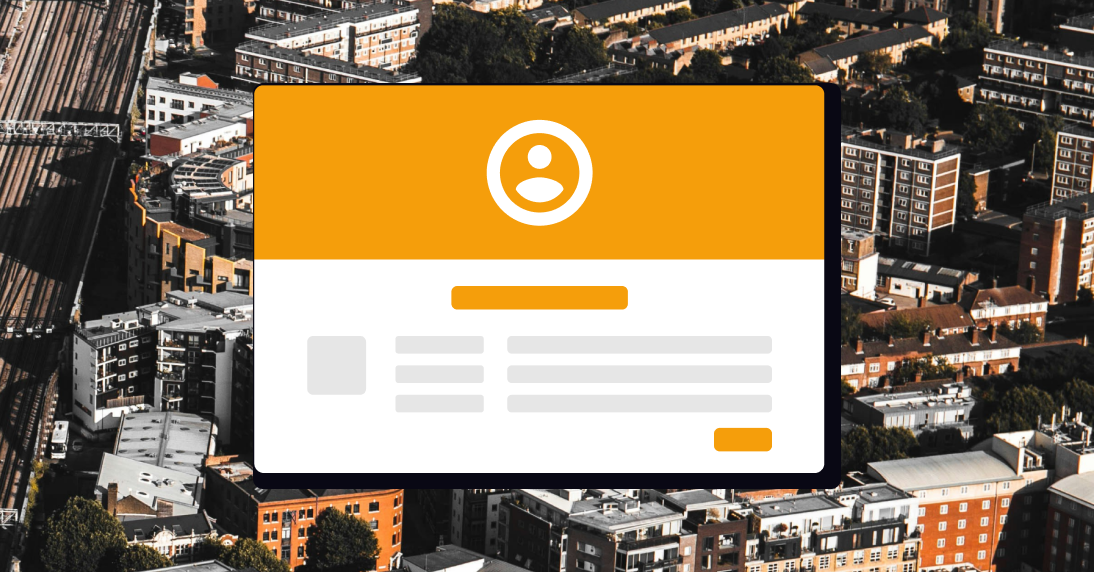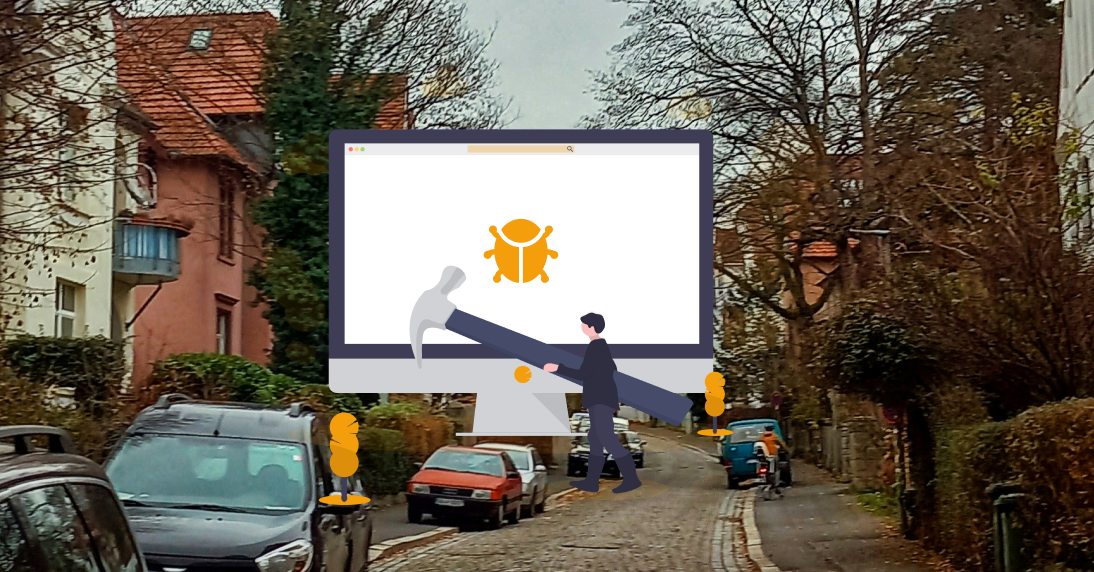Troubleshooting
Well done! While challenges are inevitable, being proactive or intentional about how to get through them is not! You are ahead of the game if you are here and there is a good chance those efforts will pay off. Click on the titles below to expand them and learn more.
Why might challenges be good news?
As human beings most of our emotional growth takes place in relationships. While are differences are part of what keeps life interesting, they can also be the source of miscommunication and conflict.
If you've run into a point of disagreement while connecting with your neighbor network, there a few ways to make sure you get to the other side of it having learned something valuable and less likely to run into the same challenges again.
First things first......
If you feel yourself getting upset the first best step might beto take a break from the situation and take a deep breath.
Several things can happen when we're stressed: tension,shallow breathing, high blood pressure. All of these physical responses canhave an impact on the way we think and feel in the moment. It can even becomehard to focus on details or points of time beyond the present. Our ability tosee our way out of or around the conflict is compromised.
Fortunately, simple exercises like square breathing,taking a walk, and using your senses to notice the details of the things thatsurround you can slow all of these reactions down and put us in a better frameof mind to deal with things in a way you'll feel good about the nextday.
Let's talk about communication
It can be easy to forget that when we are communicating withpeople, especially new people, the way they understand what we are saying is profoundly impacted by their own personal experiences and perspectives.
Curiosity will be your best tool. Both curiosity about theother person and curiosity about what the situation is bring up for you. As weget to know one another we establish a shared understanding of things, but thatcomes as the result of time and experience. Even then we can still besurprised.
Maintaining awareness of assumptions and judgements you hold will allow you to discover what might be getting in the way of hearing someone's message clearly, or of them hearing you.
Intent vs Impact
When navigating relationships—especially in leadership—it’s crucial to distinguish between intent and impact. Intent refers to the internal motivation behind someone’s actions—what they meant to do or communicate. Impact, on the other hand, is how those actions are received or experienced by others. People often judge themselves by their intentions, but others by their impact. This gap can lead to misunderstanding, conflict, or damaged trust, even when the initial motive was positive.
To judge other people’s behavior fairly, great leaders learn to pause and ask: “What might their intent have been?” rather than reacting purely to the outcome. This builds empathy, encourages open dialogue, and reduces defensiveness. By leading with curiosity instead of judgment, you foster stronger connections and a culture of accountability and growth. Remember, one of the marks of living an #1extraordinarylife is learning to respond with both wisdom and compassion.


